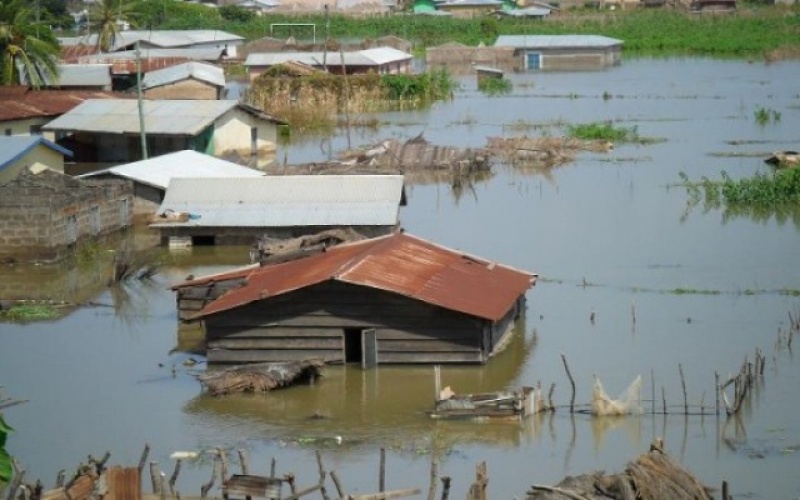
Heavy rains have marooned about 27,000 people in Mozambique’s Boane district, about 30 kilometres south of the country’s capital Maputo since last week, local councilman confirmed Monday.
Speaking to the private-owned STV, Mr Jacinto Loureiro said that two bridges along Umbeluzi River and several roads had been cut and hundreds of houses flooded. Crops were also destroyed by the floods.
Last week, about 150 inmates were transferred from Guinjá to Macia prison in Gaza province, 6,396 kilometres north of the capital Maputo, after Limpopo River broke its banks.
The river, which rises in South Africa and flows eastwards through Mozambique to the Indian Ocean, has for three weeks experienced high water levels, flooding farms and nearby infrastructure.
Mozambique is facing the rainy and cyclone season which runs from October to April, with winds coming from the Indian Ocean and floods originating from the Southern African hydrographic basins.
Winds, floods and drought
Between April and October Mozambique is cyclically hit by winds, floods and drought in some parts in the south.
The climatic changes were attributed to the El Niño weather phenomenon, which has been destructive.
Thousands of people were affected by tropical storms Chalene and Eloise between December and January.
Sofala, Manica and Zambézia provinces were the most hit, affecting more than 36,000 people. Official figures said 22 deaths had been recorded but local authorities say the fatalities could be more.
Devastating cyclones
In March and April 2019, cyclones Idai — with its epicentre at the port of the country’s second-largest city, Beira, — and Kenneth, hit Mozambique just a few weeks apart.
The two are the worst natural disasters recorded in the country in the last two decades.
Cyclone Kenneth hit the northern provinces of Cabo Delgado and Nampula, affecting more than 400,000 people.
The cyclones killed at least 1,000 people in Mozambique in 2019.
According to the World Meteorological Organisation, the total property damages from Cyclone Idai have been estimated at some USD2.2 billion. Almost two years later, roughly 100,000 people remain in resettlement sites, which have also been battered by the recent rains.
The World Bank responded with the financing of USD500 million.

